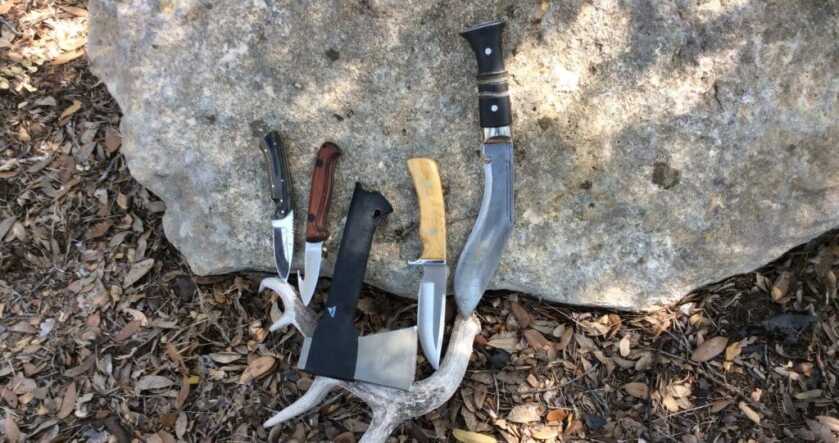
Fixed blades… they seem to have gained some ground back from the popularity of the folding knife. Television and movies tell us we have a use for BIG knives, almost short swords. The action heroes and zombie killers are using blades 10 inches to 18 inches long. The knife making TV shows have their participants making knives of the same length. You’d think that we NEED a big knife in our daily lives for opening boxes or going to the convenience store. You’d think that unless you’re carrying a knife with a blade of at least 10-12 inches it would be impossible for you to make it through the day. Something just shy of a sword or machete in length is exactly what we need for everyday carry (sarcasm).

I can remember being 10 years old and getting a Buck 119, and thinking this is a big knife. It is what is known as a Camp knife, a bit big for gutting a deer but decent for camp chores. Big knives seem to be available in fewer styles as well, mostly in a Bowie style, but also Kukri, tanto, and chopper.

Don’t get me wrong, I like big knives, but their usefulness is limited as far as I’m concerned. I routinely carry a Kukri in my hunting pack for chopping out ribs, splitting a pelvis, or cutting limbs and twigs for kindling. I carry a big knife instead of a hatchet or small ax, although if a hammer is needed then the hatchet is a better option. It would not surprise me at all if every person’s bug out bag has a BIG knife in it or strapped to it. There is just something primal about having a big knife with you,….like you’re ready for anything.

Yet, the most useful knives seem to be the ones with blades 5 inches or less. They can be skinning blades, caping blades, gut hooks, drop points, clip points, or Wharncliffe type. They are suitable for all sorts of chores or tasks, from gutting game to skinning, daily carry, cleaning fish, or self-protection.
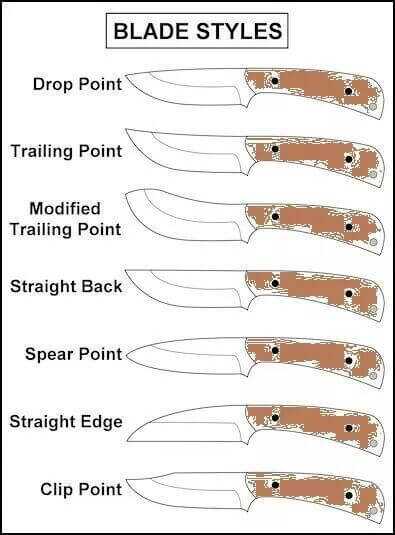
Personally, I’ve carried a knife every day, everywhere except where prohibited since I was in high school. Primarily I carried folders, this was back before the prevalence of clip-on folders, so it was either in a belt sheath or pocket carry. In the early 90’s I was studying knife and stick fighting, I figured if I needed to defend myself being able to do so effectively with a knife or stick could prove useful. It was at this point I rediscovered the simplistic beauty and practicality of a good fixed blade. Be it for daily carry or field use, a good fixed blade sheath knife should be considered an indispensable part of your everyday kit.
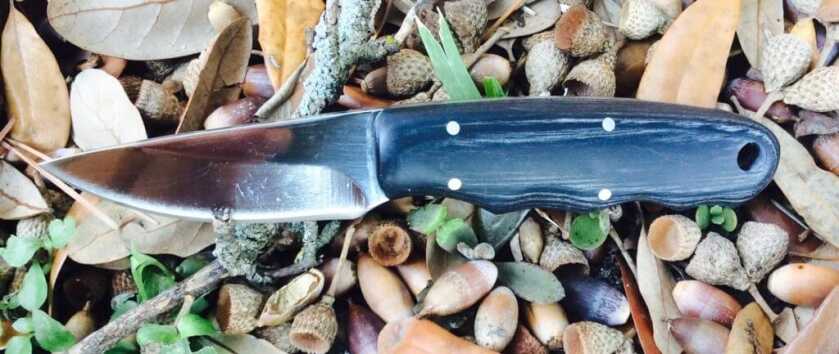
Some of the benefits it has going for it over a folder is strength, and instant cutting ability once removed from its sheath. The grip or handle of a fixed blade also tends to be more comfortable and filling in the hand over a folder’s tendency towards slab sidedness and hard corners. A fixed blade can be made large as I’ve already mentioned, or small and compact as in a punch blade or fist knife.
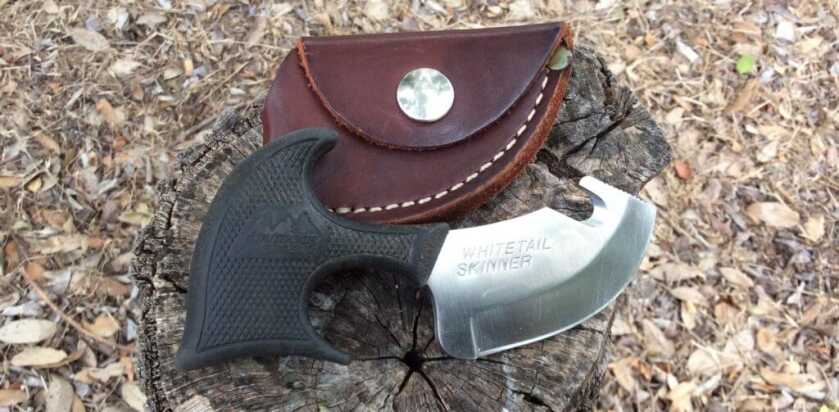
My most used blades for field use range from the aforementioned Buck 119 with its 6” blade to a Rimpler 2.75” drop point gut hook. These are the knives used for cutting up game, skinning, gutting, and butchering. They also get pressed into camp work or cooking if needed. The blade styles vary, but for general purpose use, I like a drop point, straight back, or a trailing point. If I’m going to be working on game, my favorites are a drop point gut hook, a skinning blade with a lot of belly like a modified trailing point, or a straight back blade.
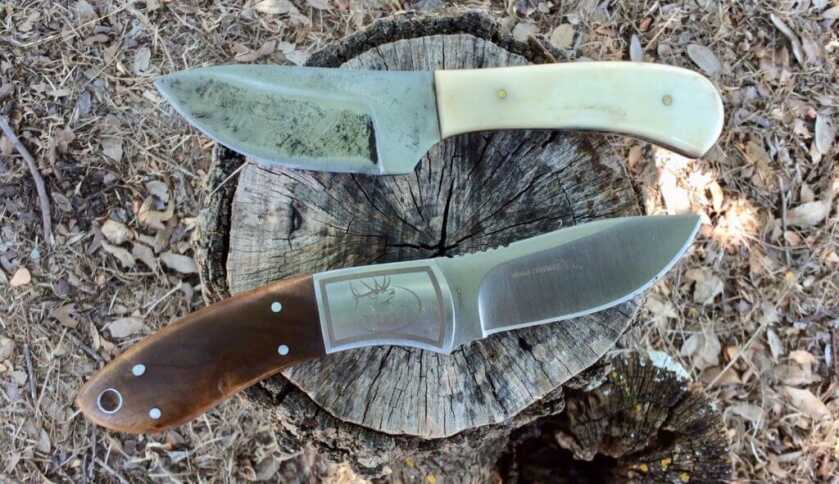
A knife that is small enough to easily fit into the chest cavity of a deer or antelope is the most important thing to me, more important than what type of blade style. When you’re dealing with larger game then most any sensibly sized knife is fine. The second most important trait is it must be well balanced in the hand, or possibly handle heavy over blade heavy. A knife with the weight towards the blade can cause you to cut more deeply when you really do not want to. Overall weight should be light, but balance is more important. If you’re looking for a camp knife then weight towards the blade is not as much of a concern. Light in overall weight is important because depending on what you’re doing, having to use a lot of grip strength to hold onto and move your knife is a recipe for hand cramps. Once they set in, you have succeeded in making your task last longer than needed.
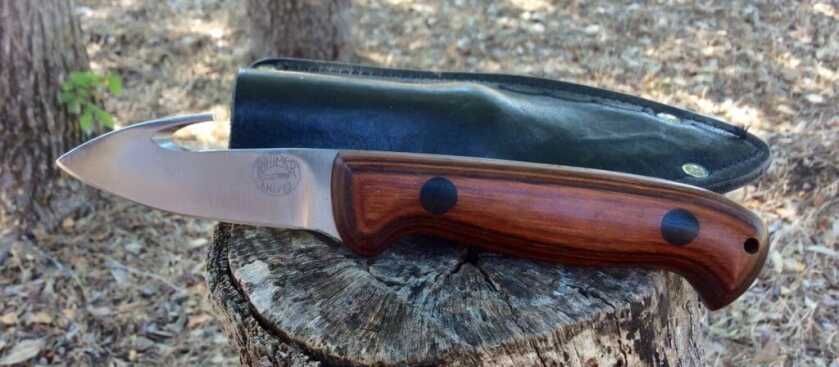
My two favorite and most used knives afield have blades of 3” and less. They have never proven unacceptable on game as large as elk or as small as a 50-pound feral hog. They are well balanced and light, qualities as mentioned earlier I find most desirable for a good field knife. The Rimpler has been owned for 35 years, purchased in 1985 it has been carried for many miles. The little drop point has been with me since the early ’90s, it has proven such a favorite that I have purchased several more to give as gifts to friends. It has proven itself most favorably with each of them as well.

Knives slightly larger than these are useful for crossover work or general-purpose type use, camp work, and game work or use on game larger than deer and antelope. Blades of 4.5” to 5” in length, and made from slightly thicker steel than the smaller blades, allow for balance to be maintained. My two personal favorites are a Randall #25 with a 5” blade, and a semi-custom knife with a 4.75” blade.

They are general-purpose knives, not fitting any one role perfectly only suitable for most roles adequately. In years past they would be considered the epitome of the classic hunting knife. Now we have specialized more and have a larger variety of blade styles at our disposal, a general-purpose blade has little to no use to us. However, if we are limited to one good knife and not allowed to carry or have numerous knives, this is likely the size we would choose.

As we progress in size we start getting into a knife size that has become known as the Camp knife. My opinion is that something with a 6” blade would be on the smaller end of the Camp knife scale, the Buck 119 fits this moniker well.

On the larger end, we could probably go to 10” blade lengths. This size of knife has gained popularity especially in my neck of the woods, with the guys that run dogs on hogs. It’s not so big as to create an issue while running through the brush chasing the hogs and then trying to wrangle dogs. It is also long enough to do great damage to the hog once it’s thrust into the chest cavity.

The Kukri I carry in my pack in lieu of a hatchet falls in this category. It does a good job of cutting ribs off of a carcass or splitting a pelvis on an elk or larger game. When I shoot game that needs to be packed out I will use it to cut brush to cover the meat and help keep birds off. Truth be told it’s a tough decision for me whether to carry a knife this size or a small hatchet.
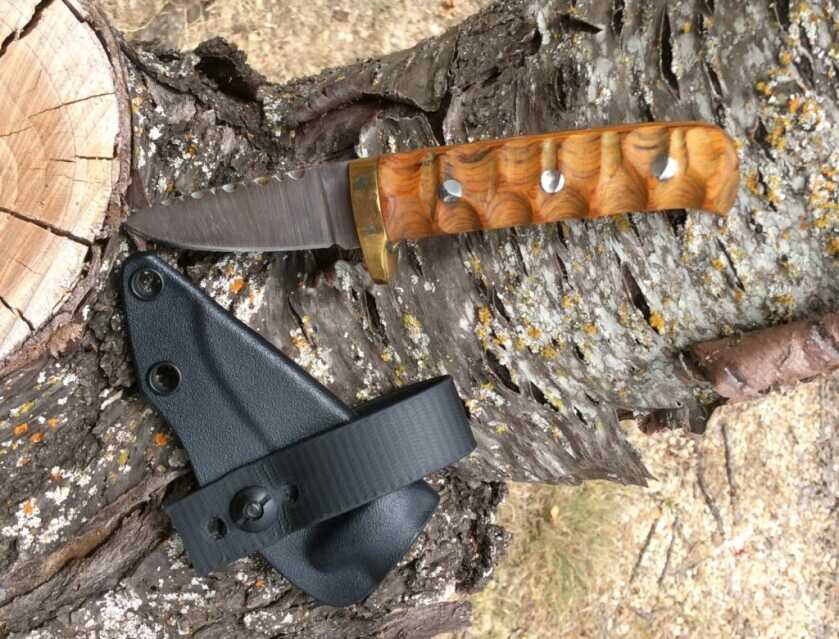
We kind of skipped over the knives that you might carry all the time, for normal day in and day out use. These knives will be used for mundane tasks from cutting string or rope to scrapping a vehicle registration sticker from a windshield. I prefer blades 3 inches and less for this purpose, they are not so big as to draw attention to you carrying a fixed blade. I normally do not have to deal with issues like that due to living in a rural town as opposed to a big city. However, when I drive to work I have to deal with liberal urbanites and their preconceived ideas of knife carriers. So a little stealthiness helps keep the locals oblivious. One of my favorites has a 2.25” blade and gets used for all sorts of tasks, every night it gets a fresh edge put back on it. My daily carry knives have cut steak at restaurants, opened boxes, cut rope, cleaned battery terminals, and sharpened pencils. It amazes me how often they get used and how many people don’t carry a general-purpose knife of any kind.
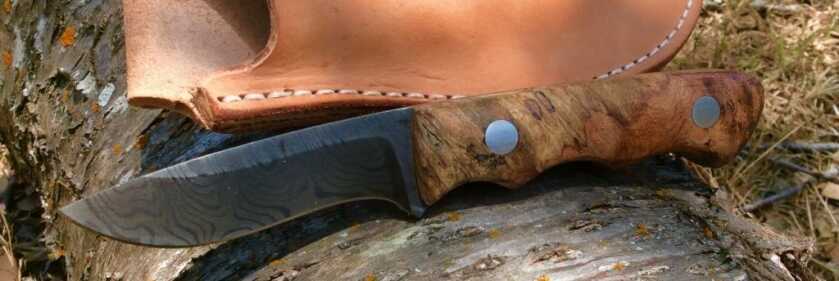
To wrap up,….folding knives may have some advantages, but don’t discount the value of a good fixed blade. They have been around for a very long time for good reason, they are useful, strong, comfortable, and available in a wide array of styles. If you’re expecting to do battle with aliens, zombies or crocodiles then by all means arm yourself with a blade of ultimate proportions. If you’re like most of us and just need to get through a somewhat normal day, or skin and gut your hard-earned trophy, then a blade no larger than 5 inches will serve you well. It will probably be around long enough for you to pass it on to a younger generation as well.



Had a folder close on my hand many years ago. Since then I only use fixed blades in the field. Size the knife to the job and they are not obtrusive. My favorite for deer hunting is a Russell Woods Walker, neat sheath fits in the rear pocket, works great! For big game/backpacking also carry one a ‘little’ larger.
I am a knife maker from LA., great article helping the average guy understand the different blade designs I spend 3/4 of the day at shows with those same questions . But that’s why I do it its part of making knives.
MCK Steel
Great information. Thanks for taking the time to write it. You mentioned “stick and knife fighting” training. I have been involved in Filipino martial arts since the 1980’s and still train today. It’s a good workout for an old man like me..:) I grew up in South Texas near the Mexican border and my grandpa gave me a folding knife when I was 7 or 8. I’ve been carrying a knife pretty much every day since then(where legal to do so). I’m in my 60’s now. Please write more articles like these as I think they provide good information. God Bless You and Yours.
This article in Guns of America ,Knives for the Outdoorsman by Traps Swonson on Nov.22, 2020,is the best on Knives I`ve ever read ,and I thank you, I started trapping at the 15 years old and I`m 75 now and I`ve all way carried a knife or two all most every day of the 60 years the Lord has let me be on the earth, once again I do Thank you, With love in Jesus our Lord. Jerry Saultz.
Thank you my friend, I appreciate that you enjoyed the write up. Stay safe, and God Bless.
Really good article explaining the simplistic uses not many think about. The purpose of a knife is to CUT. Some are caught up in brand name, type of steal, price…etc etc. If it cuts, and you maintain its blade, it does it’s intended job.
No names of the brands, emphasizes hand made, rare or very expensive knives.Not real helpful article.
Hell, as long as the blade does your chores to satisfaction and is refreshed nightly, who cares.
I mentioned the names of ALL the brands, the rest are either made by me or a friend and are not for sale. The most expensive one is the Randall and was purchased only because it is called “the trapper” which is my name!!! and it is a good looking knife. If you want more info all you need to do is ask, I’m sorry you didn’t find any of the other Info helpful.
Don’t sweat it Trapr, there’s one in every crowd, I couldn’t understand the comment either. Great article, and you could give me a “Thank you knife” any day! Oh, I just remembered I forgot I found this awesome folding Case camp/limb-ing knife with a 12″ blade (roughly) that folds into the handle and has a blade protector on it about 20 years ago in the Colorado Mountains when I was a land surveyor, the previous owner had initials marked on it and the date, if I remember was around 1952. Let me know if you would like to see a pic of it, it’s pretty cool.
God bless.
I make knives to give away as presents or thank you’s to guides, landowners, outfitters, and friends. None of them will be for sale, I like to say “you earned the knife” to the recipient. All are semi-custom and I generally pay for a sheath to be made depending on what I envision the final use for. I have found some pretty cool things in the woods, several knives, a handgun, and some bells laying in old bear poop………kidding.
Stay safe, and God Bless
a full tang fixed blade knife adds a great (and really rugged) tool to your backpack, and can be a thing of beauty for the hand and the eye.
A nice fixed blade with a beautiful leather sheath also adds some eye candy riding on your side. 😉